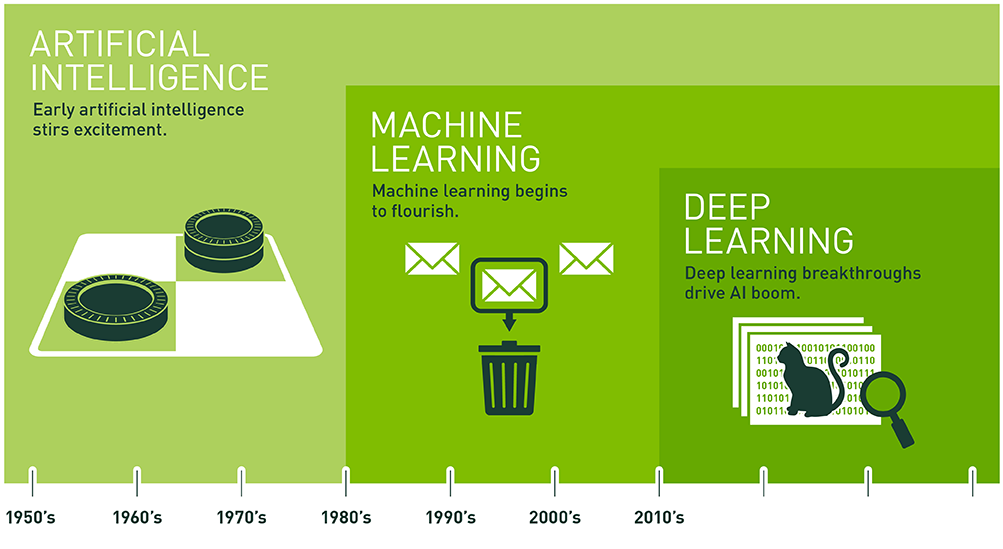
Using AI to ensure drugs are safe for women
Originally posted on The Horizons Tracker.
Seldom has the drug development process been more in the public lens as during the COVID-19 pandemic. New research1 from Columbia University reminds us that many drugs are insufficiently tested on women, and proposes using artificial intelligence to rectify that.
The researchers have developed a system, called AwareDX – Analysing Women At Risk for Experiencing Drug toXicity, which uses machine learning to spot and predict differences in adverse drug effects between men and women. It does this having trawled through 50 years’ worth of reports in the FDA database to automatically correct for any biases that exist in this data due to the overrepresentation of men in clinical trials.
“Pharma has a history of ignoring complex problems. Traditionally, clinical trials have not even included women in their studies. The old-fashioned way used to be to get a group of healthy guys together to give them the drug, make sure it didn’t kill them, and you’re off to the races. As a result, we have a lot less information about how women respond to drugs than men,” the researchers explain. “We haven’t had the ability to evaluate these differences before, or even to quantify them.”
Showing risk
To overcome this challenge, the researchers developed AwareDX to automatically detect and adjust for any sex-based biases. It’s an approach that would take considerable effort to replicate manually.
The algorithm has been fed with data from the FDA Adverse Event Reporting System (FAERS), which includes reports on all reports of adverse drug effects dating back to 1968. The algorithm groups this data into sex-balanced subsets before hunting out patterns and trends. To make sure the findings are robust, the algorithm cycles through this process 25 times.
The results produced over 20,000 possible sex-specific drug effects, which allow researchers to verify these by either looking back over the data or conducting new experiments. The early work has already highlighted a couple of drugs with verifiable issues.
“The most exciting thing to me is that not only do we have a database of adverse events that we’ve developed from this FDA resource, but we’ve shown that for some of these events, there is preexisting knowledge of genetic differences between men and women,” the researchers say. “Using that knowledge, we can actually predict different responses that men and women should have and validate our method against those. That gives us a lot of confidence in the method itself.”
The researchers plan to continue verifying their results, and hope that the platform will assist doctors in making more informed decisions when prescribing drugs to women.
“Doctors actually look at adverse effect information specific to the drug they prescribe. So once this information is studied further and corroborated, it’s actually going to impact drug prescriptions and people’s health,” they conclude.
Article source: Using AI To Ensure Drugs Are Safe For Women.
Header image source: Deposit Photos.
Reference:
- Chandak, P., & Tatonetti, N. P. (2020). Using Machine Learning to Identify Adverse Drug Effects Posing Increased Risk to Women. Patterns, 1(7), 100108. ↩






